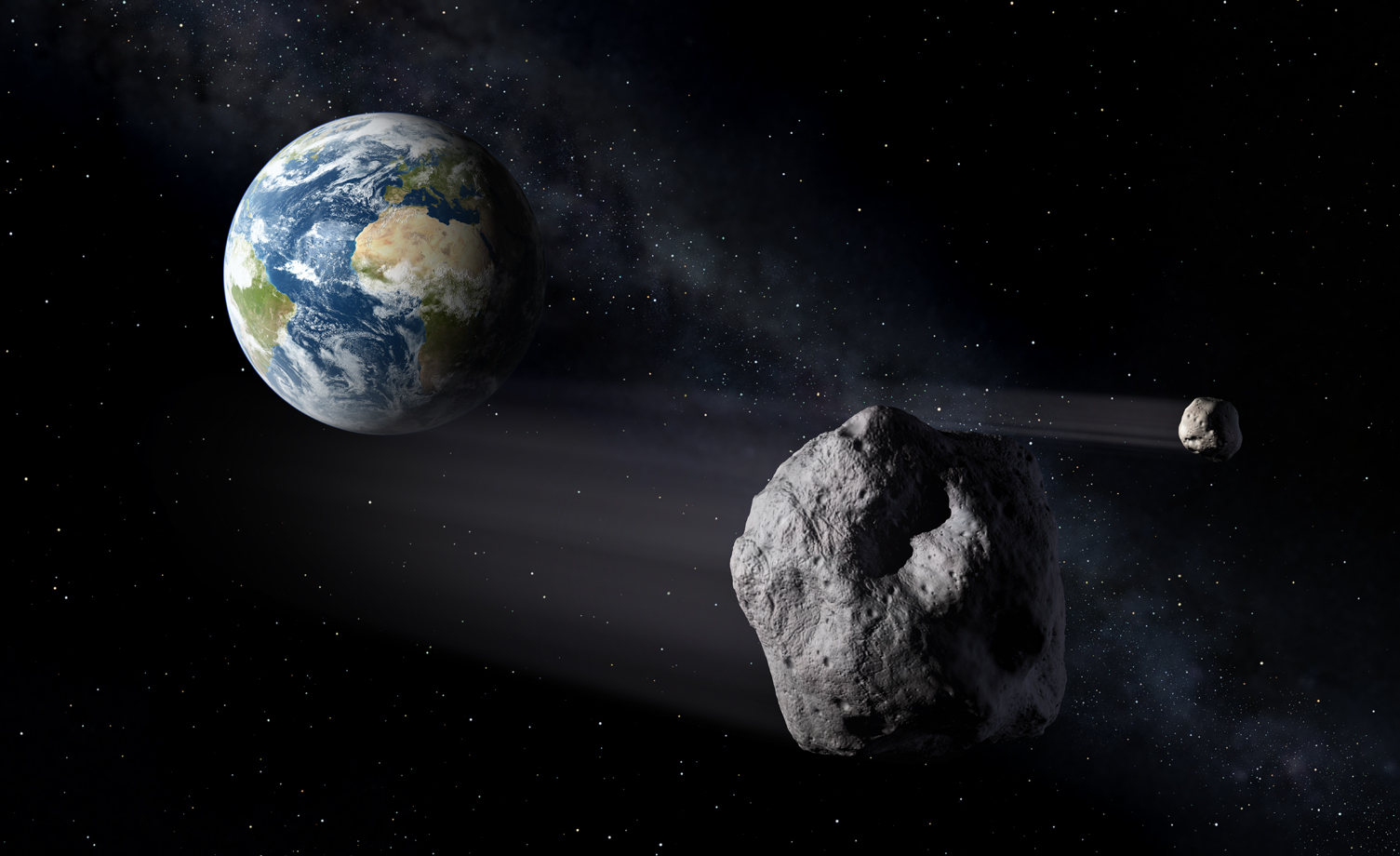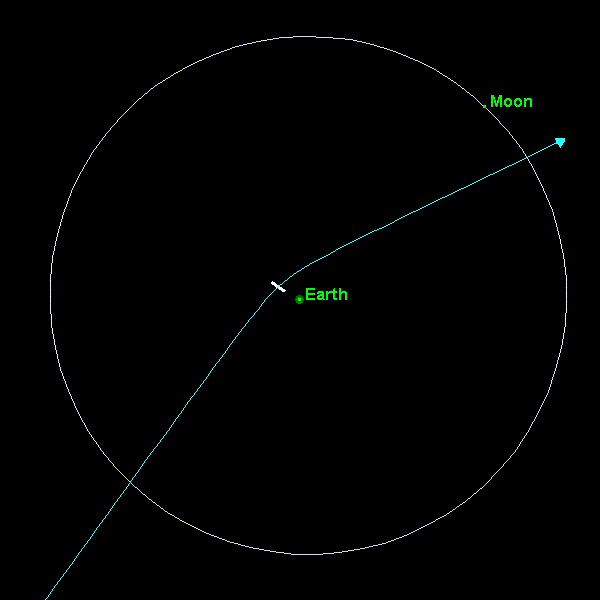Will An Asteroid Hit The Earth In 2029?
Asteroids are space objects that orbit around the sun and vary in size, ranging from tiny rocks to massive chunks of debris. Although most asteroids pose no significant threat to the Earth, some large ones have the potential to cause catastrophic damage if they collide with our planet. This is why scientists are always on the lookout for potentially dangerous asteroids that could impact Earth and cause widespread destruction.
One of the most talked-about asteroids that could affect Earth is 99942 Apophis, named after the ancient Egyptian god of chaos and destruction. It has a diameter of about 370 meters, which is roughly the size of the Eiffel Tower. This asteroid was first discovered on June 19, 2004, by a team of astronomers led by David J Tholen at the Kitt Peak National Observatory in Arizona. At the time, it was considered one of the most dangerous asteroids that could potentially hit Earth.
The reason for the concern about 99942 Apophis is that it is scheduled to pass by the Earth on April 13, 2029, at a distance of less than 20,000 miles (32,000 km) from the planet's surface. To put that into perspective, the moon is about 238,855 miles (384,400 km) away from Earth, so 99942 Apophis will come extremely close to our planet. In fact, it will be closer to Earth than some of our orbiting satellites.
The close approach of 99942 Apophis in 2029 has caused some alarm among scientists and the public, who fear that it could collide with Earth and cause widespread destruction. However, according to NASA, the chances of the asteroid hitting Earth in 2029 are zero. This is because scientists have been closely monitoring 99942 Apophis since its discovery and have been able to accurately predict its trajectory.
NASA has used radar imaging and other advanced technologies to track the asteroid's path, and their calculations show that 99942 Apophis will pass harmlessly by Earth in 2029. Even if the asteroid were to deviate from its current trajectory, it is still highly unlikely that it would collide with Earth. The chance of impact in 2029 has been ruled out, but there is still a small chance of a potential impact in 2068 or beyond.
Despite the reassuring words from NASA, the close approach of 99942 Apophis in 2029 is a reminder of the potential dangers posed by asteroids. In the past, Earth has been struck by large asteroids that caused significant damage, such as the asteroid that wiped out the dinosaurs about 65 million years ago. More recently, the Tunguska event in 1908 caused an explosion equivalent to 10-15 megatons of TNT when a small asteroid or comet exploded over Siberia, flattening trees over an area of more than 800 square miles.
To prevent such catastrophic events from happening in the future, NASA and other space agencies have been working on programs to identify and track potentially hazardous asteroids. In 2013, NASA launched the Asteroid Redirect Mission, which aims to capture a small asteroid and redirect it into a stable orbit around the moon, where it can be studied and mined for resources. This mission will not only help us learn more about asteroids but will also give us valuable knowledge on how to deflect any potential threats.
In addition to NASA's efforts, other organizations such as the B612 Foundation have been working on developing new technologies to track and deflect potentially hazardous asteroids. The B612 Foundation's Sentinel Space Telescope will be able to detect and track asteroids as small as 140 meters in diameter, which is smaller than 99942 Apophis.
Meanwhile the closest approach of 99942 Apophis in 2029 may not pose an immediate threat to Earth, it does highlight the importance of understanding and tracking potentially hazardous asteroids. In recent years, NASA has been working on developing strategies to detect and deflect asteroids that could potentially collide with Earth.
One such strategy is the Double Asteroid Redirection Test (DART) mission, which aims to test the effectiveness of using a spacecraft to deflect an asteroid off its collision course with Earth. The mission is set to launch in November 2021, and will target the smaller moon of the asteroid Didymos, which is estimated to be about 160 meters in diameter.
The DART spacecraft will collide with the moon at a speed of approximately 6 km/s, which is expected to change the moon's velocity by a small amount. The goal is to observe the deflection of the moon using ground-based telescopes, which will provide valuable data for future asteroid deflection missions.
Another strategy being explored is the use of gravity tractors, which involve using the gravitational attraction between a spacecraft and an asteroid to gradually change its trajectory. This method is still in the early stages of development, but could potentially be used for larger asteroids that cannot be deflected with a single impact.
Despite these efforts, there is still much to be done in terms of identifying and tracking potentially hazardous asteroids. Many asteroids in our solar system are still unknown or poorly characterized, making it difficult to accurately assess the risk of a collision with Earth.
In addition, the potential for an asteroid impact highlights the need for continued investment in space exploration and research. By studying asteroids and other objects in our solar system, we can gain a better understanding of our place in the universe and the threats and opportunities that exist beyond our planet.
Ultimately, while the chance of 99942 Apophis hitting Earth in 2029 may be low, the event serves as a reminder of the potential dangers of objects in space and the importance of ongoing efforts to monitor and study them. Through continued research and innovation, we can work to mitigate the risks posed by potentially hazardous asteroids and unlock the many mysteries of our solar system.



No comments: